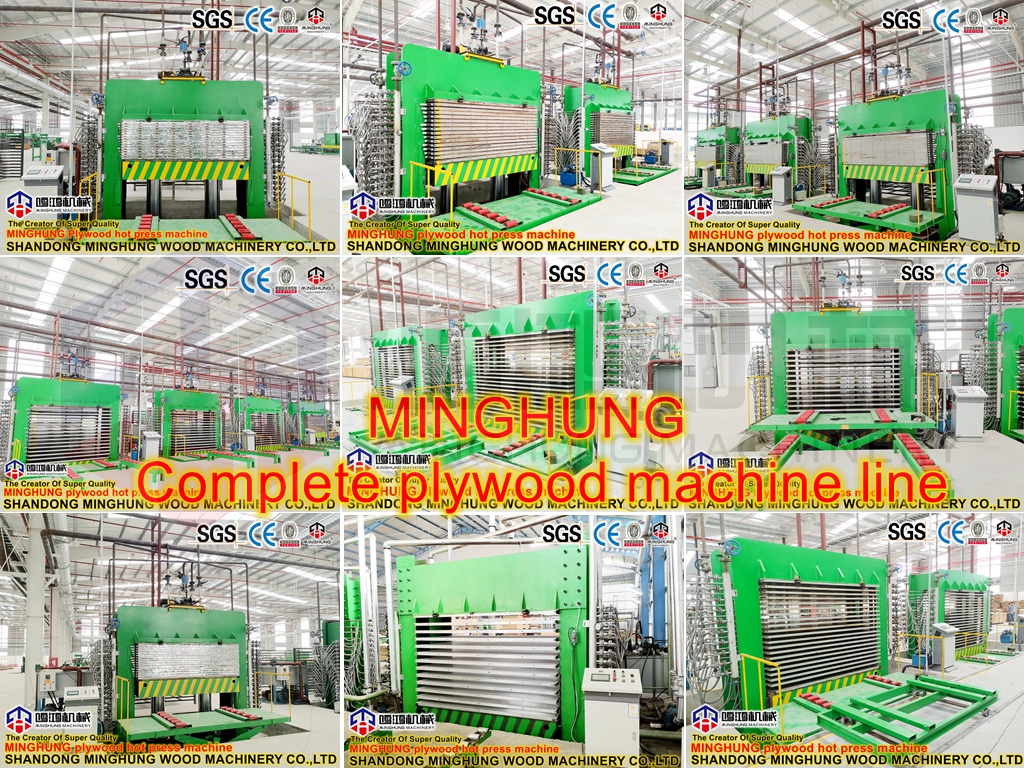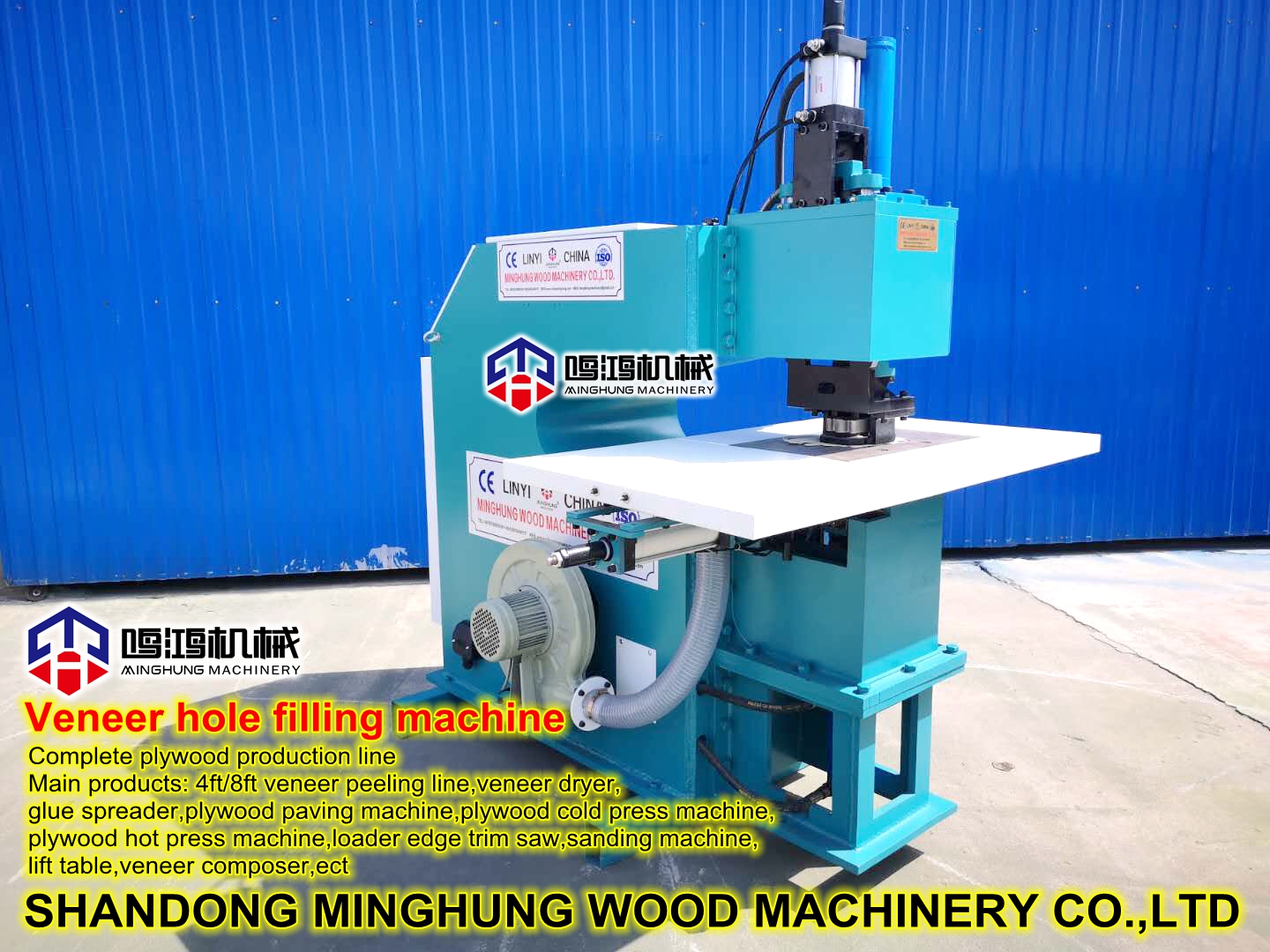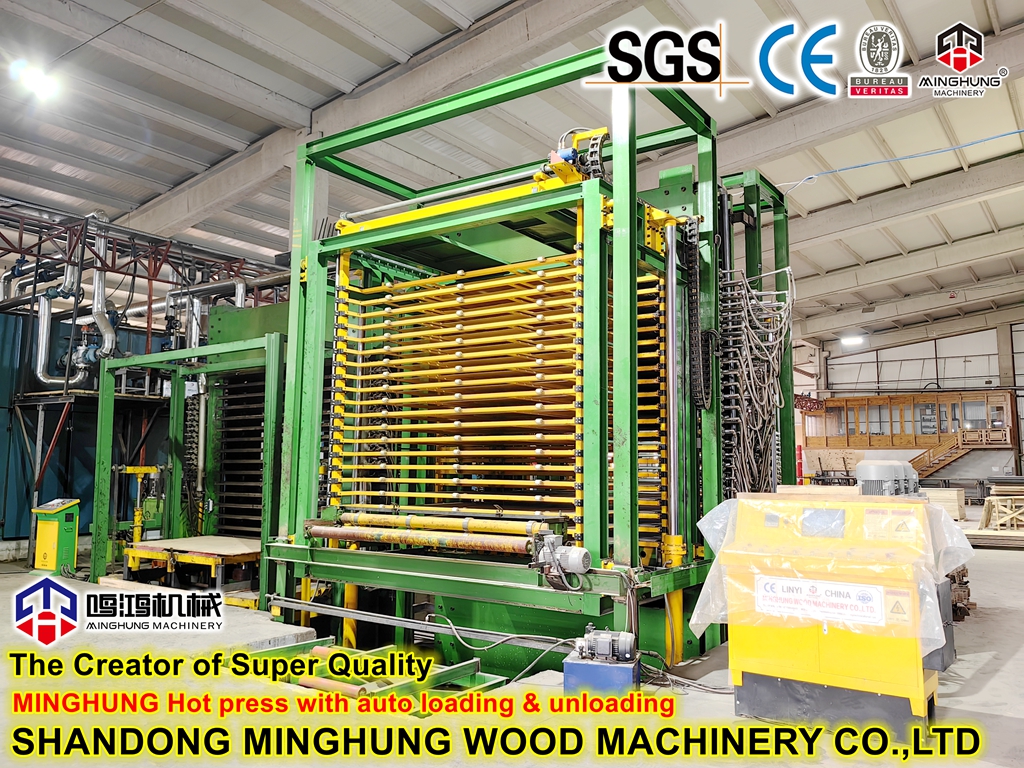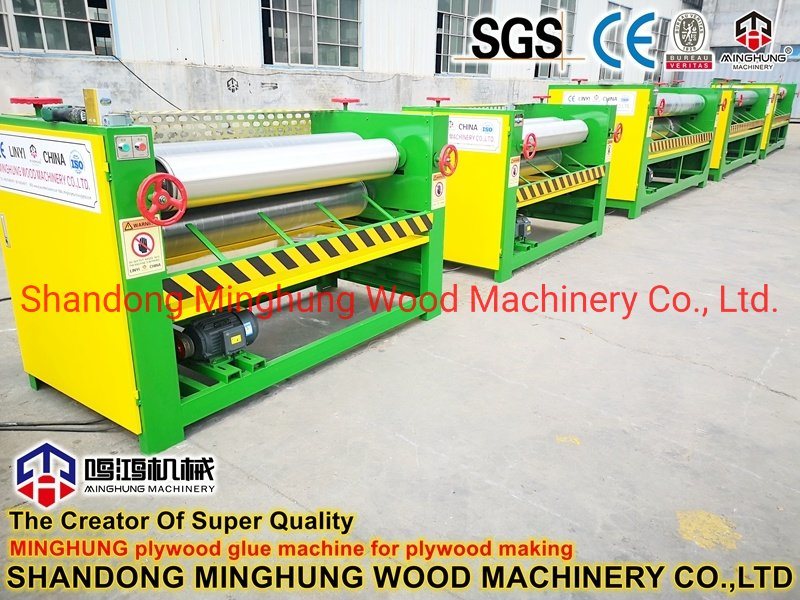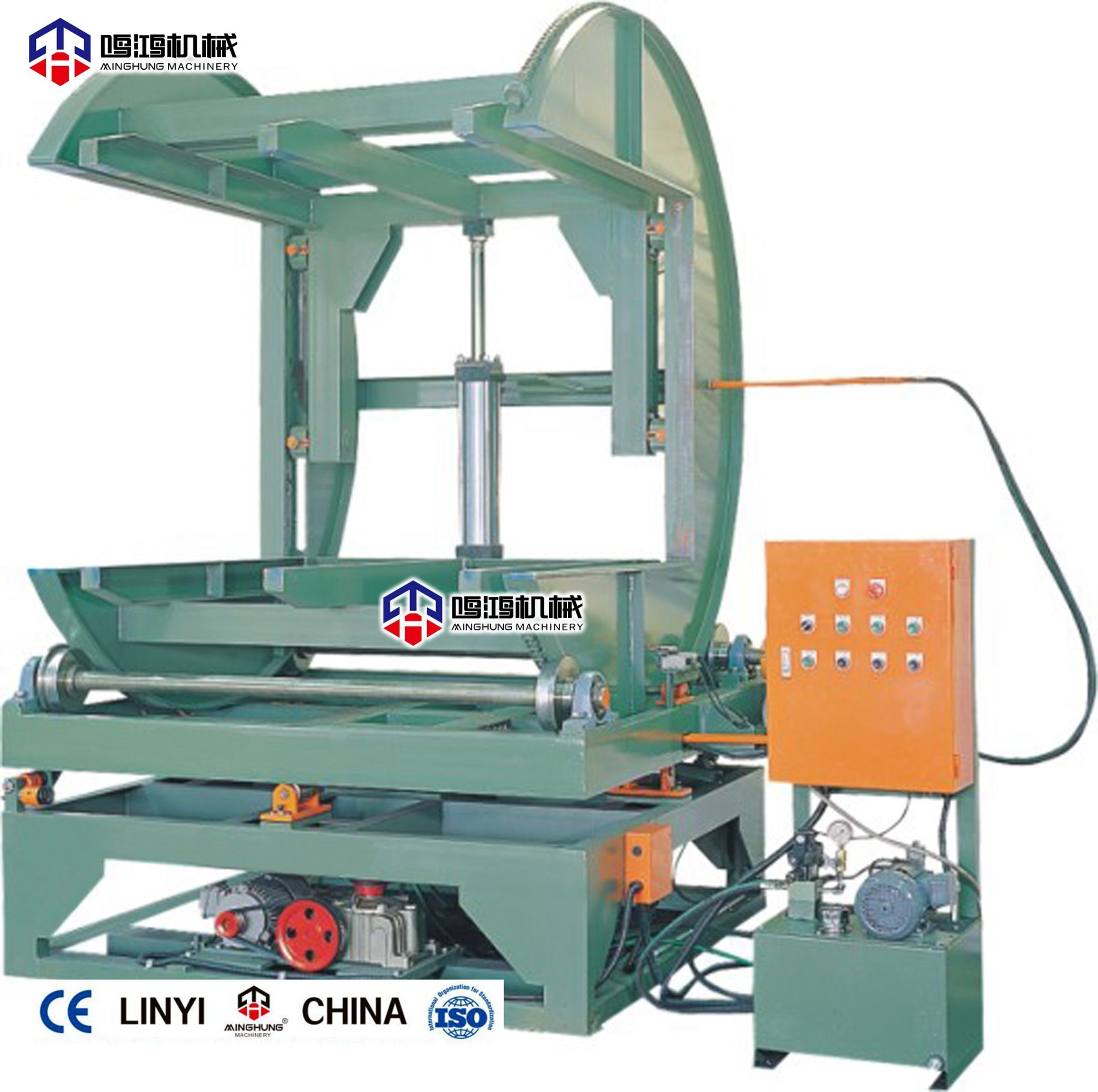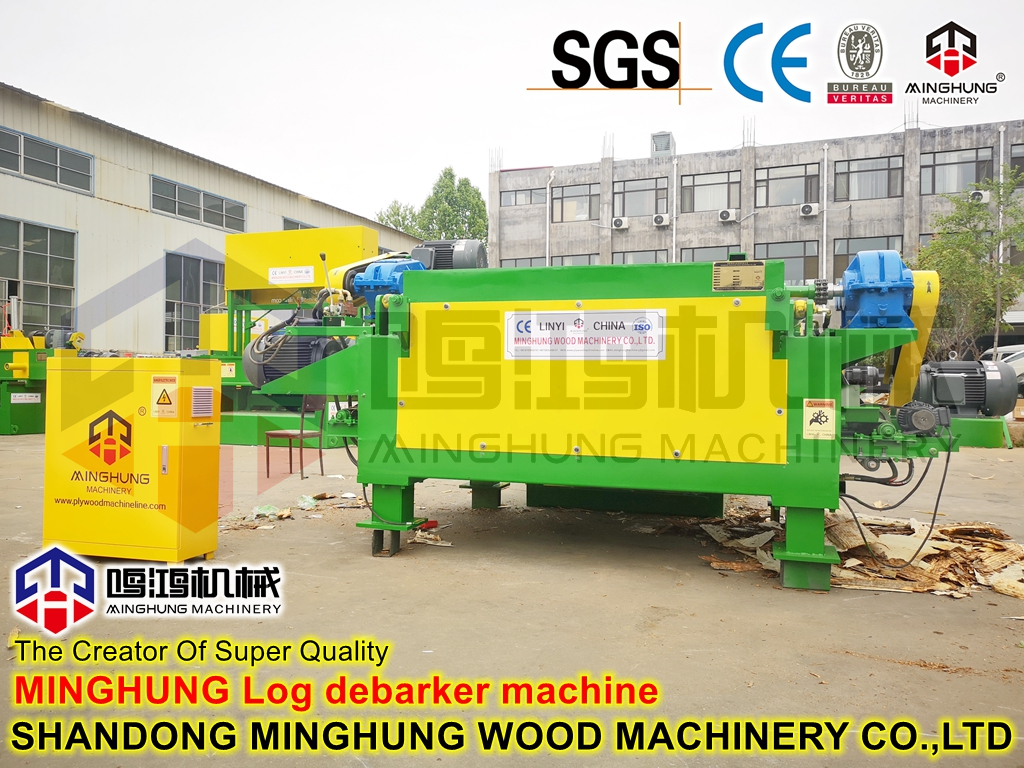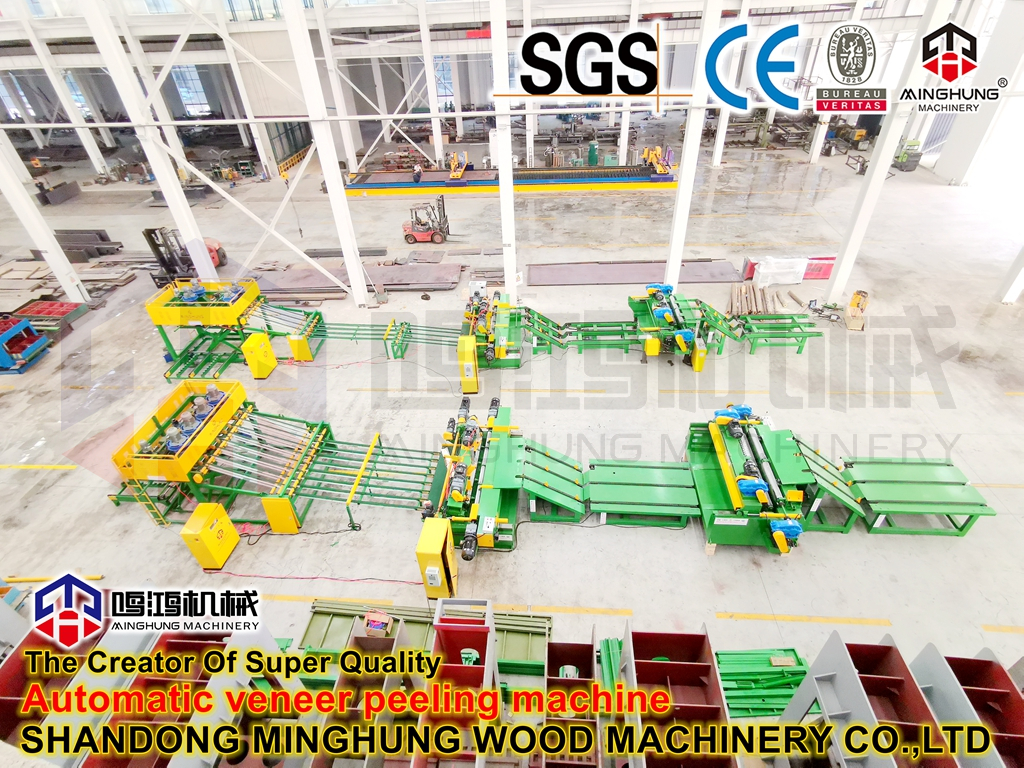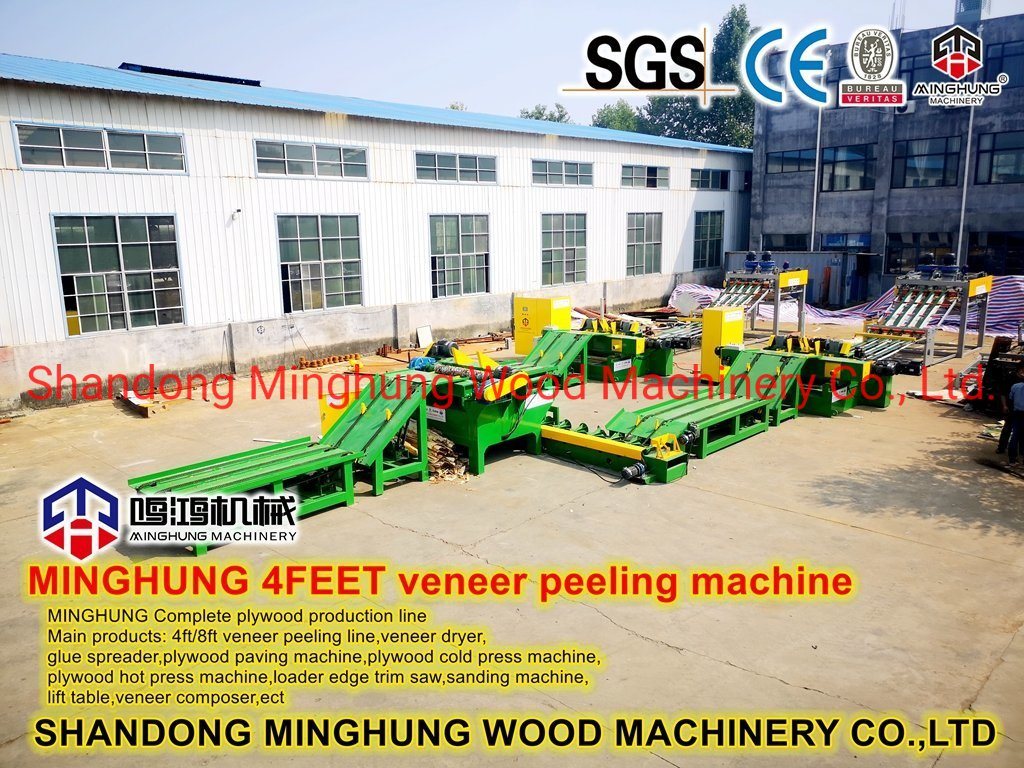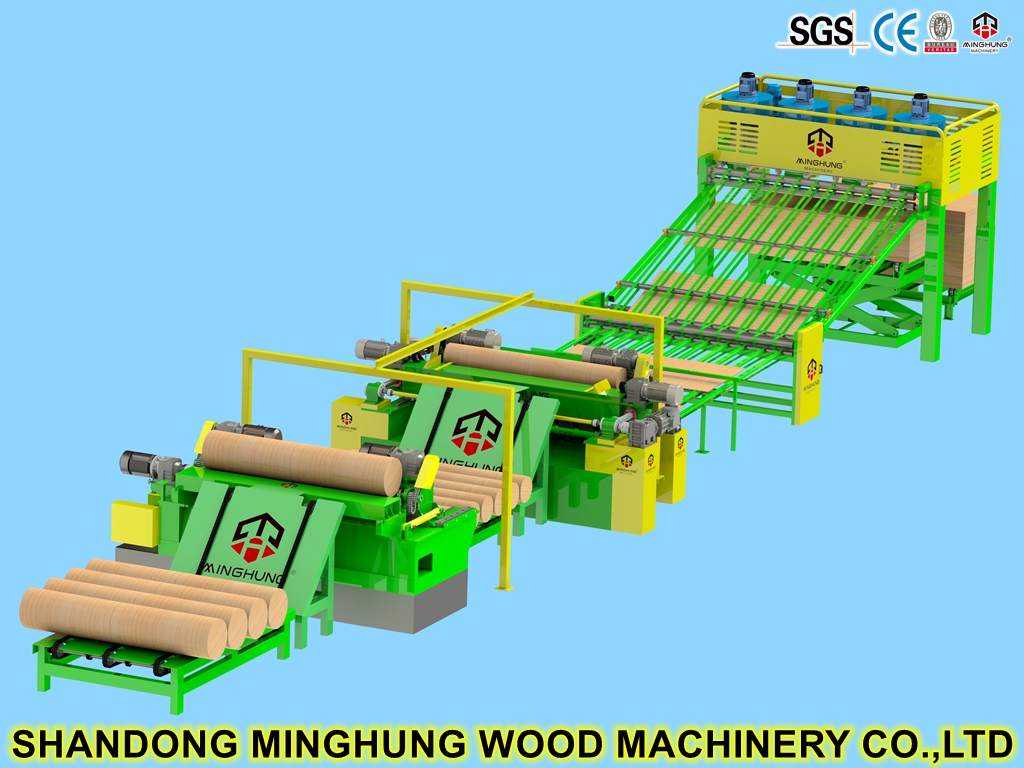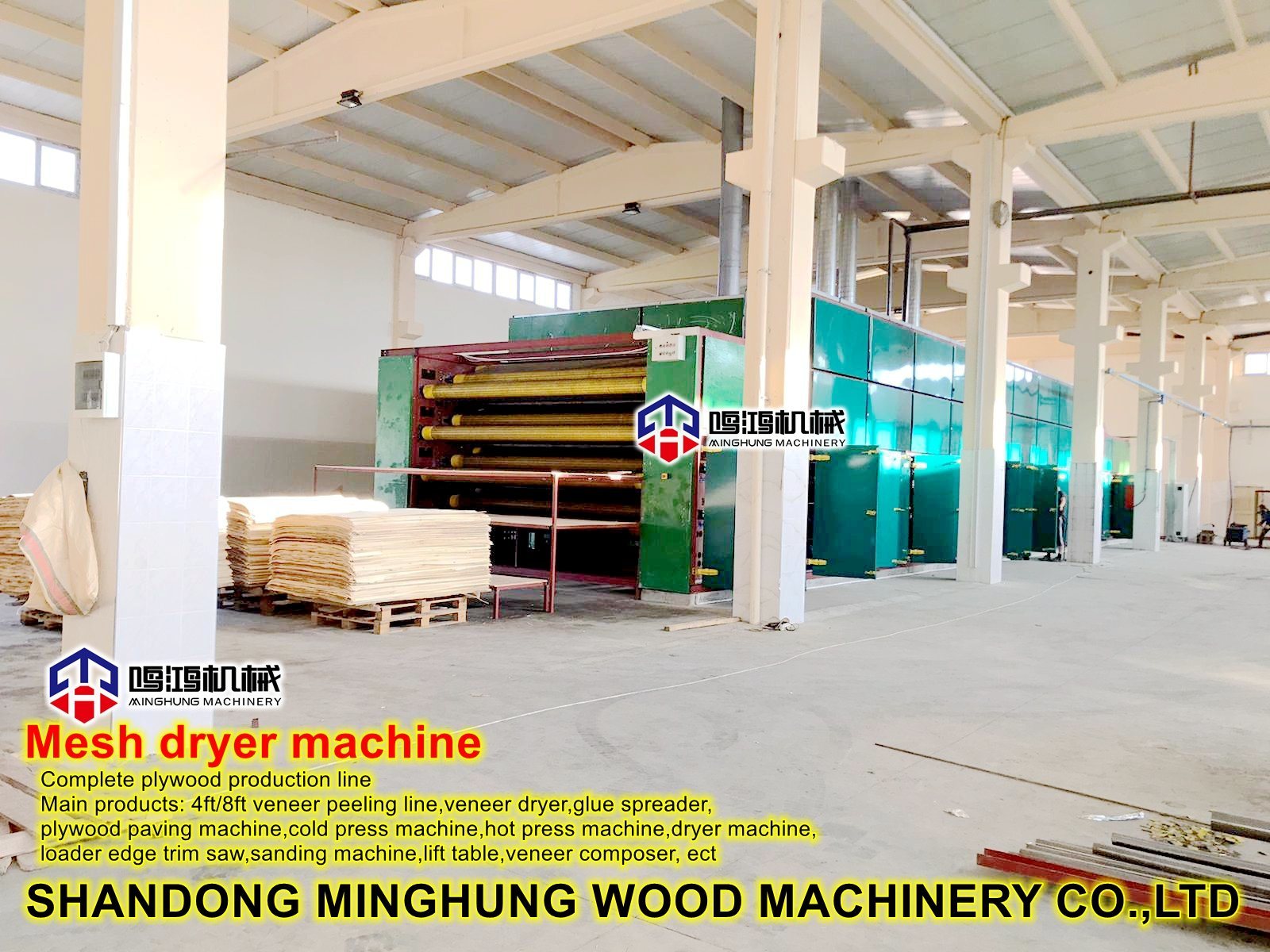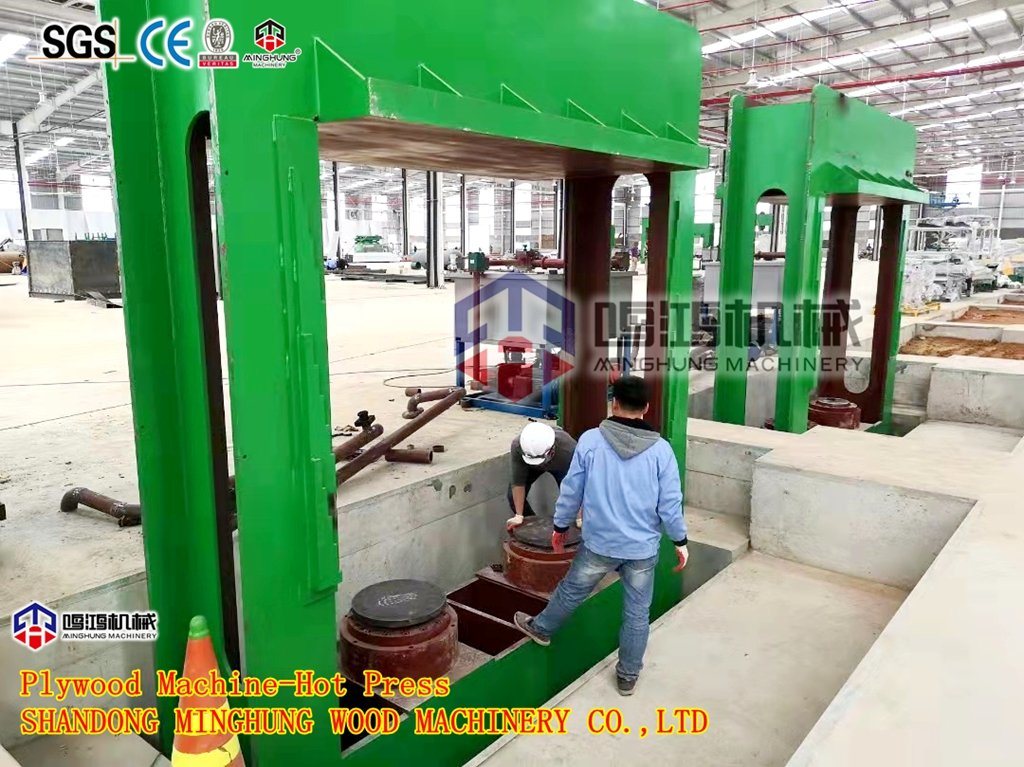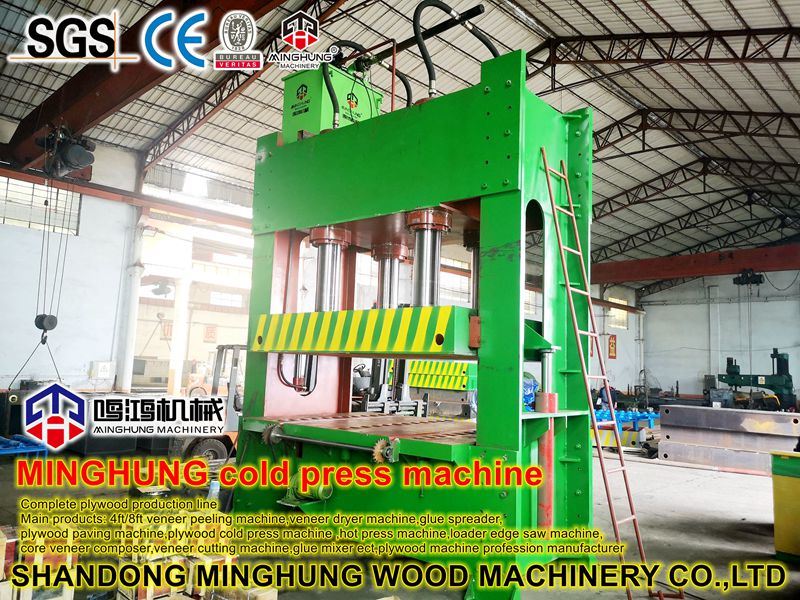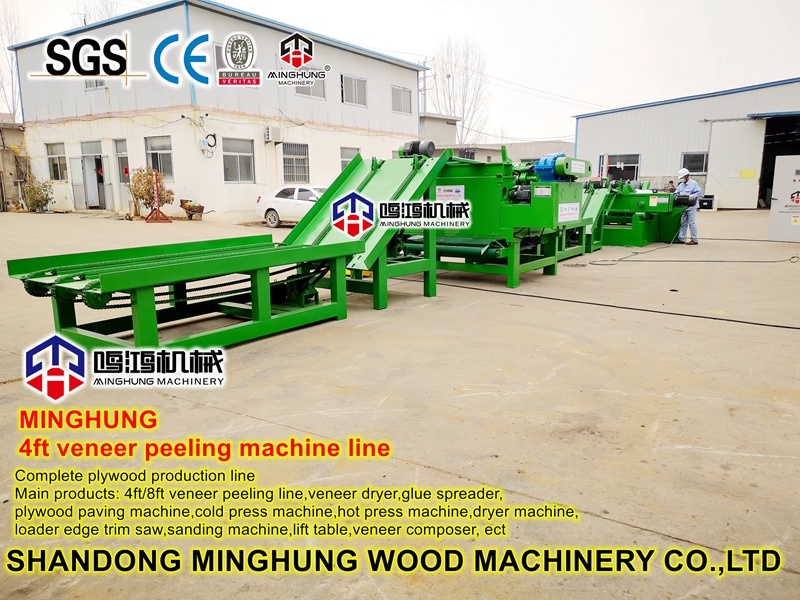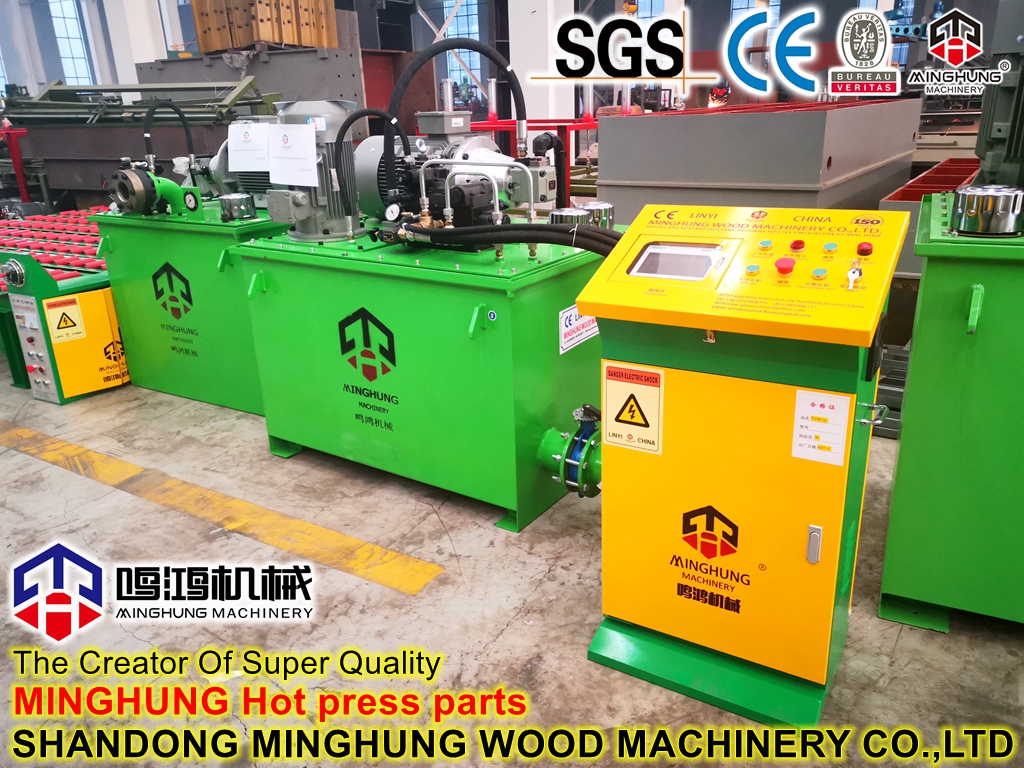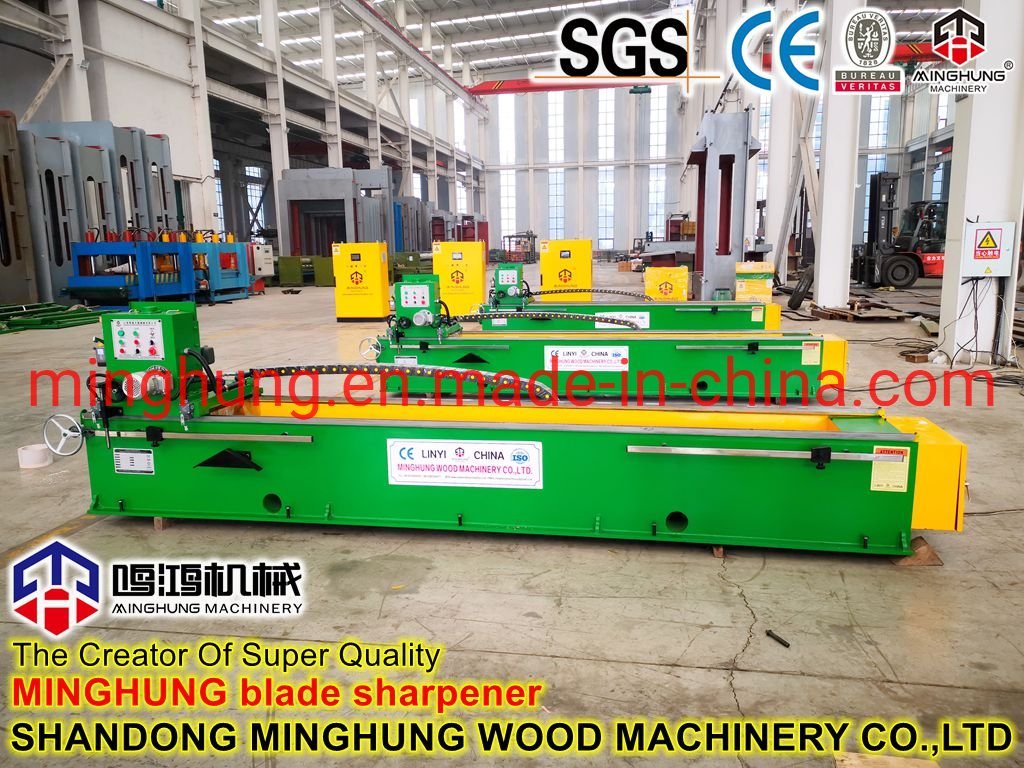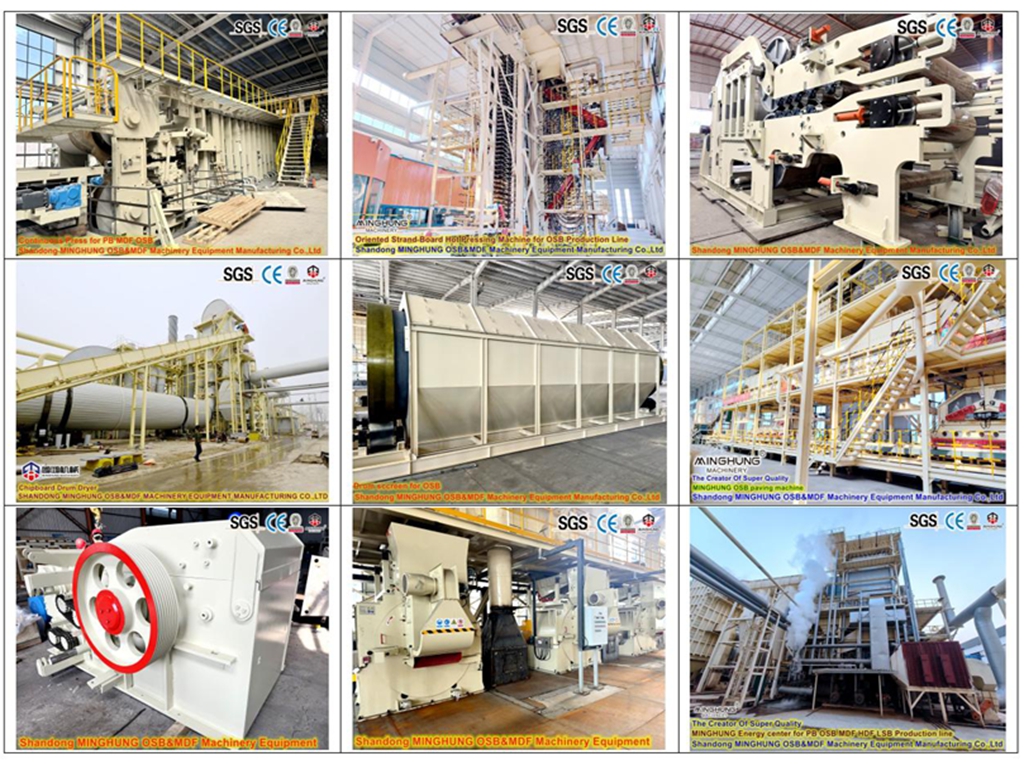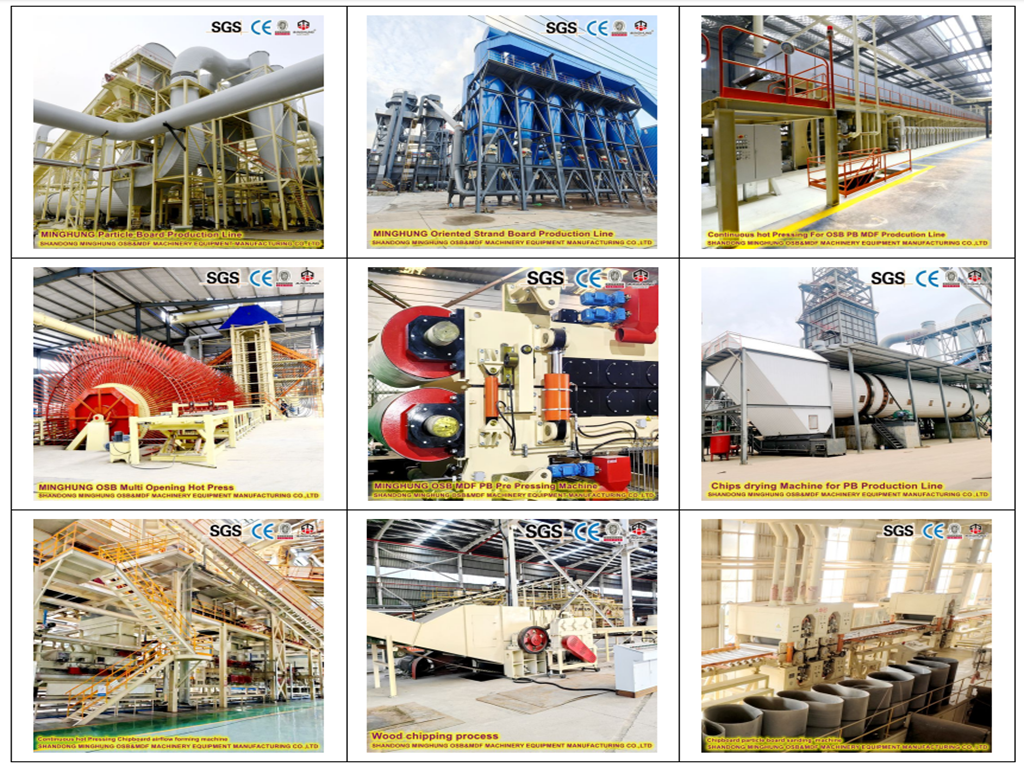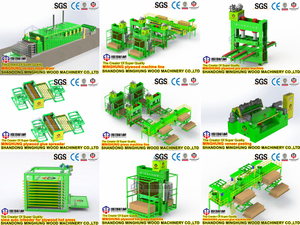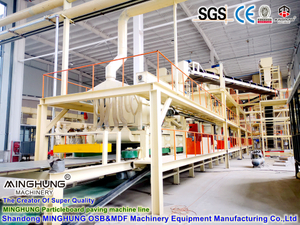Ⅲ. Precision temperature control
The production of ultra-thin fiberboard imposes near-demanding requirements on temperature control, primarily determined by its physical characteristics and process needs:
1. Fast Heat Conduction: Thinness means the distance and time for heat to transfer from the surface to the core layer (or vice versa) are short, resulting in very rapid temperature changes.
2. Low Heat Capacity: The material itself has a low ability to store heat, making it extremely sensitive to fluctuations in heat input/output.
3. Exceptionally High Demand for Curing Uniformity: Any minor temperature difference can lead to local variations in curing degree, density, pre-cure layer thickness, and even surface quality (gloss, color), affecting the final product's physical-mechanical properties (such as internal bond strength, modulus of rupture, thickness stability) and appearance.
4. Preventing Over-Curing/Scorching: Thin boards are more prone to absorbing excessive heat in a short time, leading to over-curing, delamination, or even surface scorching.
5. Control of Viscoelastic Behavior: The melting, flow, and curing of resins are highly temperature-sensitive, directly impacting the mat's compression, venting, and density distribution.
Therefore, precision temperature control is one of the core technologies for ensuring the stable continuous production of high-quality ultra-thin fiberboard.
一、Core Components and Key Technologies of the Precision Temperature Control System
1. Highly Zoned Heating/Cooling System:
1.1 Multi-Zone Design: The press length is divided into more numerous and finer temperature control zones (far exceeding those in presses for standard thickness boards). Each zone may be shorter (e.g., 1-2 meters) to enable more precise local temperature adjustment.
1.2 Independent Control Loops: Each temperature zone has independent:
Heating Elements: Typically efficient, fast-response thermal oil heating modules or electric heating modules (less common for large presses).
Cooling Devices: Integrated thermal oil coolers (plate heat exchangers, shell-and-tube heat exchangers) or independent cooling water circuits. The key point is that the cooling capacity must be sufficiently strong and responsive to meet the demand for rapid temperature drop caused by the mat's quick heat absorption or to rapidly lower the temperature when needed.
High-Precision Temperature Control Valves: Use high-performance proportional control valves or on/off valves (with precise duty cycle control) to accurately regulate the flow and temperature of the thermal medium (usually thermal oil) entering that zone.
1.3 Thermal Oil System:
High-Temperature Stability: The thermal oil heater/system must provide an extremely stable high-temperature oil source (typically in the 200-240°C range), with fluctuations controlled within ±0.5°C.
High Flow Rate & Low ΔT: The system design must ensure sufficient total flow rate while optimizing piping design and pump selection to guarantee the temperature difference (ΔT) of the oil delivered to the inlet of each zone is as small as possible (target <2-3°C). This requires large-flow circulation pumps and low-resistance piping design.
Zone-Independent Pumping (Optional but Recommended): For the most demanding applications, configure independent pump sets for critical zones (especially the entry and exit sections) to completely eliminate flow coupling interference between zones.
2. High-Density, High-Precision Temperature Sensing Network:
2.1 Multi-Point Placement: Densely place thermocouples or RTD sensors within each temperature zone, across the press width (transverse direction) and along the press length (longitudinal direction). The number of transverse measurement points is significantly increased (potentially multiples of standard presses) to capture potential "edge-center" temperature differences. Longitudinal points should also be increased in critical areas (e.g., entry, exit, thickness transition zones).
2.2 Critical Measurement Locations:
Steel Belt Temperature: Install numerous surface-mounted, high-response-speed sensors directly on the upper and lower steel belt surfaces in contact with the mat. This is the most core, most direct measurement point, reflecting the temperature actually acting on the mat.
Thermal Oil Inlet/Outlet Temperature: Monitor the supply and return oil temperature for each zone.
Mat Surface Temperature (Infrared): Install non-contact infrared pyrometers at the press entry, internally (if possible), and exit to monitor the actual temperature distribution of the mat surface in real-time, used to verify and correct the accuracy of steel belt temperature control.
2.3 Sensor Accuracy & Response Speed: Use high-precision (e.g., ±0.1°C or better) and fast-response sensors to capture minute temperature changes promptly. Regular calibration is crucial.
3. Advanced Control System & Algorithms:
High-Speed PLC: Process vast amounts of sensor data and execute fast control calculations.
Advanced Control Strategies:
High-Precision PID/PI Control: The foundation, but requires extremely high parameter tuning and features like anti-windup, feedforward compensation.
Model Predictive Control (MPC): This is currently the most advanced and best-suited technology for ultra-thin boards. The system, based on physical models (heat transfer, heat capacity, fluid dynamics) and real-time data, predicts the future short-term temperature trends of the mat and steel belt, and proactively calculates the optimal valve opening (thermal oil flow) adjustment to counteract predicted deviations. This significantly overcomes system lag, improving response speed and stability.
Feedforward Control: Adjust control outputs proactively based on major disturbances (e.g., changes in mat entry speed, initial mat temperature, ambient temperature changes, steam injection).
Multivariable Decoupling Control: Handles thermal coupling (heat diffusion) between adjacent zones to avoid excessive interference on neighboring zones when adjusting one zone.
Adaptive Control: The system automatically adjusts control parameters based on operating states (e.g., different board thicknesses, speeds, resin formulations).
Setpoint Curve Optimization: Precisely set the target temperature profile for each zone along the press length based on mat characteristics (moisture content, resin application rate, density, thickness) and target product requirements. This curve is typically not constant; the entry zone may need higher temperatures to accelerate resin melting and venting, the middle zone maintains optimal curing temperature, and the exit zone may require controlled cooling to reduce stress or control springback.
4. Thermal Mass & Response Optimization:
Reduce Thermal Inertia: Optimize the structural design of heating/cooling modules to minimize metal mass and use materials with better thermal conductivity to speed up temperature change response.
Impact of Steel Belts: Steel belts represent significant heat capacity and conduction paths. Precision temperature control must account for the temperature changes and thermal inertia of the belts themselves. Good belt tensioning, lubrication, and cooling (during external circulation) help maintain stable belt temperature.
5. Minimizing Heat Loss:
High-Efficiency Insulation: Apply top-grade insulation to the press frame, thermal oil pipes, valves, etc., to minimize heat loss to the environment. This is crucial for maintaining temperature stability and reducing energy consumption.
(二)Special Challenges & Countermeasures for Precision Temperature Control in Ultra-Thin Board Presses
Entry Zone "Cold Shock" & Rapid Heating: The instant a cold mat enters the press, it absorbs a large amount of heat from the steel belts, causing a sharp drop in belt temperature. The precision system must be able to detect this drop extremely quickly and instantly significantly increase the thermal oil flow rate in that area (even with temporary overshoot) to compensate for the heat loss and rapidly return the belt temperature to the setpoint. MPC has a clear advantage here.
Exit Zone Prevention of Over-Curing & Springback Control: For thin boards, the rate of temperature decrease needs to be more precisely controlled at the press end. Excessive temperature can cause over-curing or excessive expansion (springback) of the mat upon pressure release when exiting the press, affecting thickness and dimensional stability; too low a temperature may lead to under-curing. A smooth, controlled cooling curve is needed.
Transverse Temperature Uniformity: Thin boards have very low tolerance for transverse temperature differences. The precision temperature control system must:
Rely on high-density transverse temperature monitoring.
Potentially require finer zoned thermal oil piping design (e.g., independent left/right half control, or finer).
Have a control system capable of identifying transverse temperature difference patterns and automatically performing compensatory adjustments.
Impact of Production Speed Changes: Increasing or decreasing speed changes the dwell time of the mat in various press sections, thereby altering the required heat input. The precision system needs to dynamically adjust the setpoints of each zone in real-time to adapt to speed changes.
Impact of Process Fluctuations: Minor fluctuations in initial mat temperature, moisture content, or density affect its heat absorption behavior. Precision temperature control needs a degree of robustness or adaptive capability to handle these normal fluctuations.
(三)Core Benefits Achieved Through Precision Temperature Control
1. Exceptional Product Quality:
Extremely tight thickness tolerances and density uniformity.
Excellent consistency in physical-mechanical properties (internal bond strength, modulus of rupture, modulus of elasticity).
Perfect surface quality (no pre-cure layer, no scorching, uniform gloss/color).
Superior dimensional stability (low thickness swelling upon water absorption).
2. Higher Production Efficiency:
Enables the use of higher production speeds (because precise temperature control ensures sufficient curing within shorter pressing times).
Lower scrap rates and downtime (reducing quality defects and equipment failures caused by temperature issues).
3. Process Stability & Flexibility:
The system has a stronger ability to adapt to raw material and process fluctuations.
Easier and faster changeover between different specifications and formulations.
4. Energy Efficiency:
Precise control means reducing unnecessary overheating and cooling, lowering energy consumption.
Reducing scrap due to temperature loss of control indirectly lowers energy consumption per unit product.

